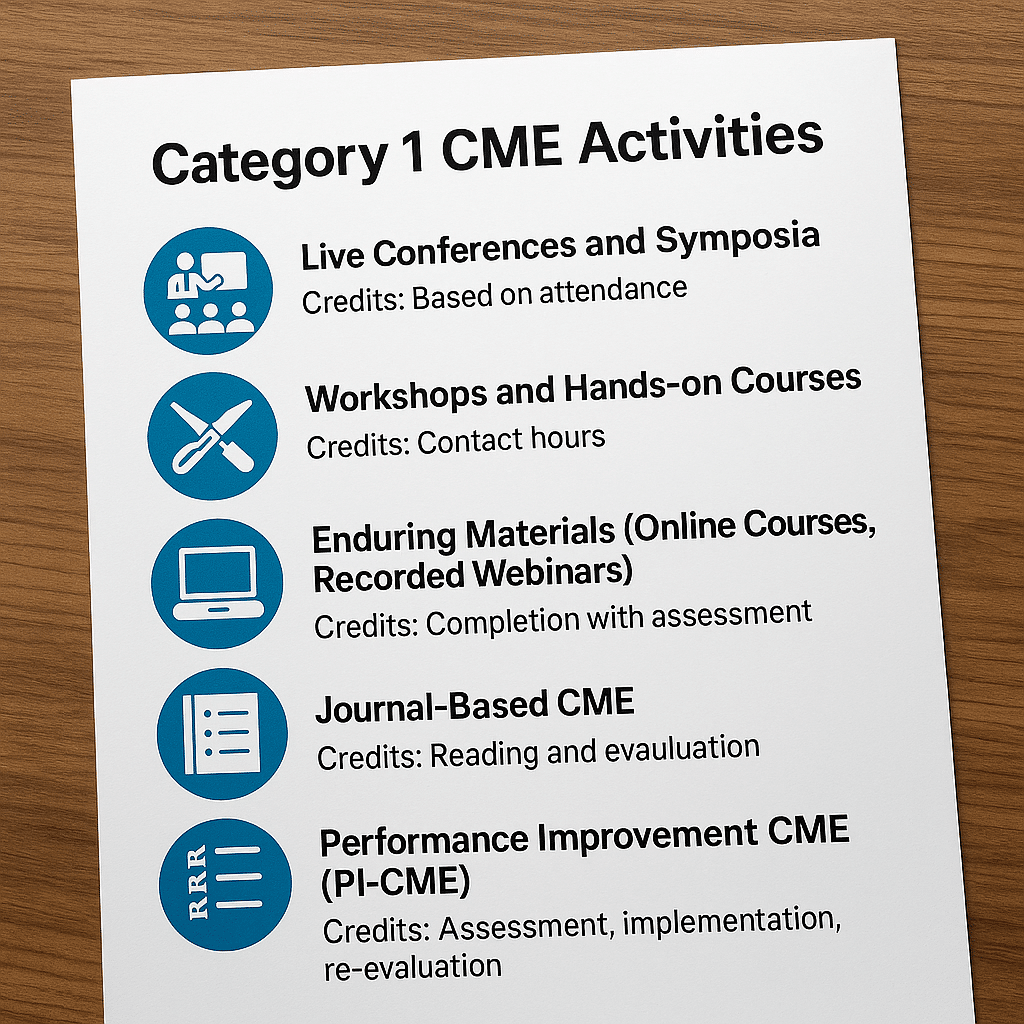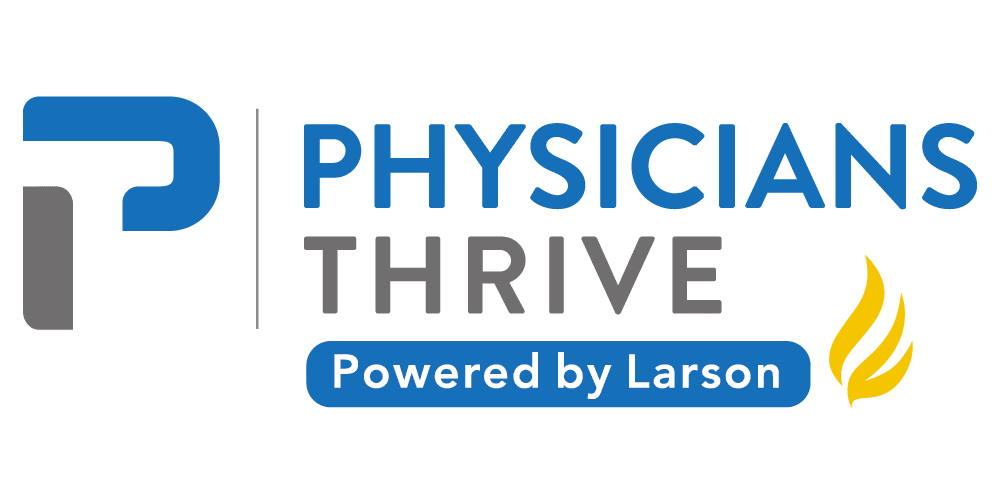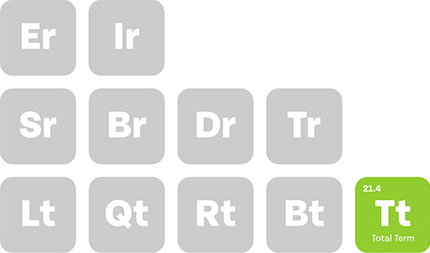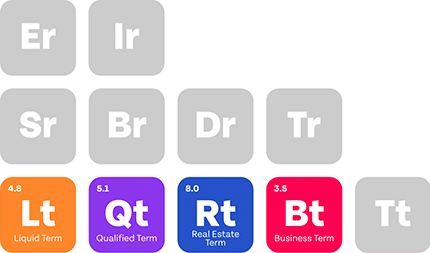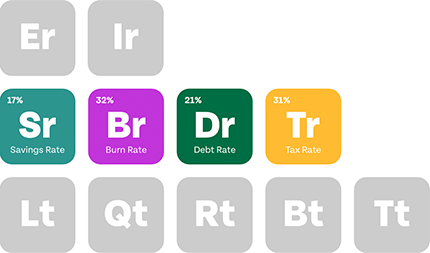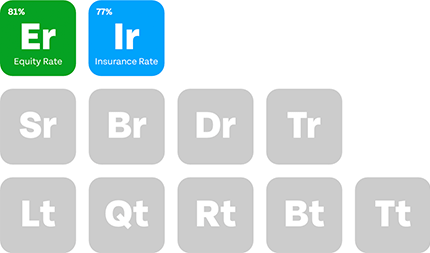Continuing Medical Education (CME) exists to ensure physicians stay current with the latest advances, treatments, and standards of care.
Each year, physicians across the country invest time in earning their required CME credits. While some may see it as a necessary obligation, others recognize it as an opportunity for growth.
Your CME compliance directly impacts your ability to maintain licensure and pursue career opportunities.
This guide compiles essential information about CME credits for physicians. Keep reading to learn more.
Key Takeaways
- CME ensures physicians stay current with evolving treatments, technologies, and guidelines.
- Category 1 CME requires accreditation; Category 2 involves self-directed educational efforts.
- CME is required for state licensure, board certification, and hospital credentialing.
- CME costs vary widely but price doesn’t affect credit validity or recognition.
Table of Contents
Are CME Credits Relevant?
CME requirements may initially seem like just another regulatory obligation. However, if we look closely, we’ll see beyond the fact that it’s tied to your medical license and understand its true purpose.
Medicine continuously evolves with new developments. New therapies, guidelines, technologies, and ethical challenges emerge constantly. By engaging with CME, you equip yourself with the knowledge and skills to adapt and deliver the best care possible.
When lives are at stake, staying current isn’t optional—it’s a professional and moral obligation.
CME opportunities also facilitate networking with colleagues and exposure to diverse perspectives, enhancing your professional approach to patient care.
Types of CME Activities
CME activities are structured educational experiences designed to help you develop and improve your skills as a physician.
While CME is valuable beyond just meeting requirements, your selected activities determine how credits are counted toward your requirements.
Thankfully, CME activities aren’t limited to dry lectures and thick textbooks. You can participate in several engaging activities, from conferences to ground rounds.
Even if you have a busy schedule, there are online courses and medical podcasts that offer options to fit into your plan.
Understanding the distinction between Category 1 and Category 2 CME is crucial for effectively meeting your specific requirements.
Category 1 CME
Activities here are educational and approved by accredited providers, such as medical schools, specialty societies, or professional organizations.
These activities are pre-approved for CME credit and follow strict standards set by bodies like the Accreditation Council for Continuing Medical Education (ACCME).
When you attend a Category 1 event, you usually receive a certificate or transcript documenting your earned credits.
Most regulatory bodies care primarily about credits obtained through these activities because they’re more tightly controlled and verified.
-
Live Conferences and Symposia : You attend in-person events organized by accredited institutions where experts present the latest research, techniques, and guidelines. Credits are awarded based on verified attendance and participation.
-
Workshops : These are skill-focused sessions, such as surgical labs or procedural training, where you actively practice techniques. Credits are calculated by the number of contact hours and the provider’s accreditation.
-
Enduring Materials (Online Courses, Recorded Webinars, Modules): You complete self-paced educational materials (often online) with embedded quizzes or evaluations. Credits are earned once you finish the course and pass any required assessments.
-
Journal-Based CME : You read accredited journal articles with associated CME questions or case studies and submit your answers. You receive credits after successful completion, often based on the estimated time to complete the activity.
-
Performance Improvement CME (PI-CME): This involves participating in structured projects that assess and improve your clinical practice over time. Credits are awarded for each phase completed: assessment, implementation, and re-evaluation.
-
Manuscript Review for CME-Accredited Journals : If you serve as a peer reviewer for journals offering CME credits, you can claim credits for your scholarly evaluation, provided the journal is CME-accredited.
Category 2 CME
Activities here involve self-directed learning that doesn’t go through formal accreditation but still supports your professional development. Such activities could include reading medical journals or teaching.
While these activities are valuable for expanding your knowledge, you must track them carefully yourself.
Most licensing boards primarily focus on Category 1 requirements, with Category 2 credits often serving as optional supplements.
-
Self-Directed Reading of Medical Literature : You read peer-reviewed journals, clinical updates, or authoritative medical texts on your own. You’ll need to track your time independently, as these credits are self-reported and don’t come with formal certificates.
-
Independent Research and Study : Here, you conduct personal research on medical topics, cases, or treatment strategies. Time invested counts toward credits, though you must track and document it.
-
Teaching Medical Topics : You provide lectures, presentations, or small-group teaching (outside formally accredited CME events). Credits are based on preparation and delivery time.
-
Clinical Case Consultations and Discussions : You engage in informal case reviews or peer discussions that enhance learning. Credits here are also time-based.
-
Participation in Hospital or Committee Meetings : You join non-accredited hospital quality improvement meetings or ethics committee sessions where educational content is involved. You can record here based on the educational value gained.
💡 Time-based credits for Category 2 activities are usually one credit per hour spent. However, this is still subject to the local or board-specific rules.
CME Requirements for US Physicians
While the aim of CME is the same globally, there are several different requirements and standards for US physicians. Here’s what you should know.
State Medical Licensure Requirements
Each US state has its own medical board that sets minimum CME requirements to maintain licensure. Most states require physicians to earn between 20 and 50 CME credits annually or 100 and 200 credits per renewal cycle (which is often every 2 years).
Some states also mandate state-specific topics like pain management, opioid prescribing, ethics, or cultural competency. For instance, California requires CME on implicit bias, while Florida requires courses on HIV/AIDS and domestic violence.
💡 If you’re licensed in multiple states, you must meet each state’s CME requirements even if some topics overlap.
Specialty Board Certification Requirements
Physicians certified by specialty boards under the American Board of Medical Specialties (ABMS) or the American Osteopathic Association (AOA) must also meet Maintenance of Certification (MOC or Osteopathic Continuous Certification (OCC) requirements.
These usually include:
- Earning self-assessment and Category 1 CME credits in your specialty.
- Completing periodic knowledge exams or assessments.
- Participating in practice improvement activities.
Hospital Credentialing and Privileging
Hospitals often require proof of CME compliance as part of the credentialing and reappointment process. They may also ask for specialty-relevant CME or topics tied to institutional goals like patient safety or infection control.
While these requirements aren’t always fixed by number, failing to show CME participation could jeopardise your ability to practice within that institution.
Suggested: CME Requirements for Physicians by State
How Much Does CME Credit Cost?
While you can get free CME credits, some advanced programs still require fees. For instance, some platforms (like Medscape) and journals offer free Category 1 CME activities, especially for basic modules or sponsored content.
Mid-range CME courses offering specialty packages can cost anywhere from $50 to $300. Such packages often include video lectures, quizzes, downloadable materials, and certificates.
Some of the most popular examples here are Oakstone and Pri-Med.
There are also advanced options that can cost as much as $5,000. Those types often involve live conferences, international retreats, or luxury CME vacations.
However, it’s vital to understand that the cost of CME doesn’t impact your credits or credibility. A $3,000 resort-based CME activity earns you the same type of Category 1 credits as a free online module from Medscape.
What Are the Next Steps?
While CME is a regulatory requirement, it’s also a professional commitment to staying informed about your practice. Regardless of whatever CME activity you choose, ensure that it challenges you to become better.
Your next best step would be to review your state’s licensure requirements and your specialty board’s MOC guidelines. You can check out various CME programs to start mapping out your year’s credit plan.
We can also help you understand your options better. Book a consultation here if you’re unsure where to start.

